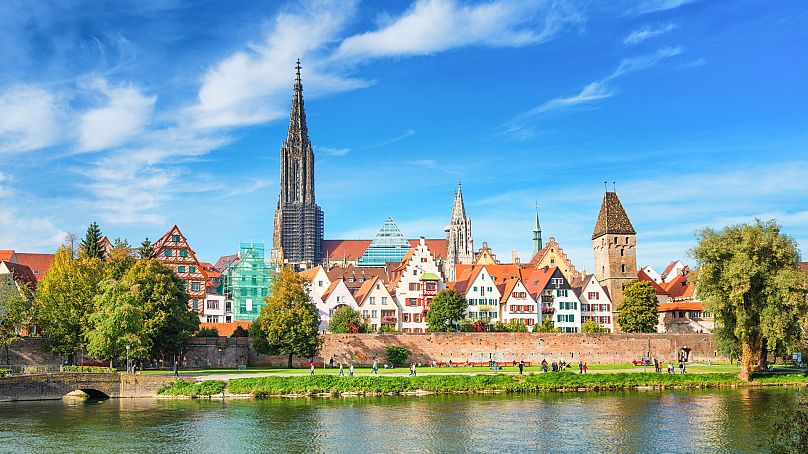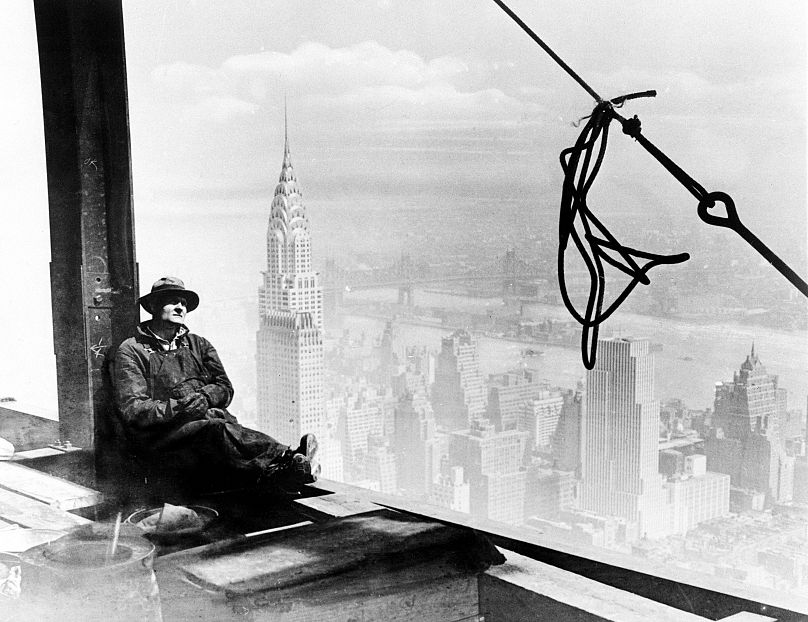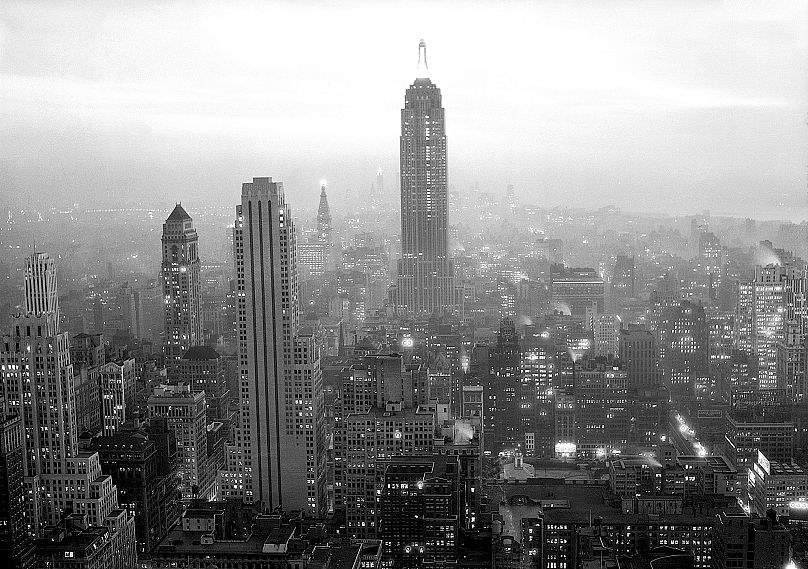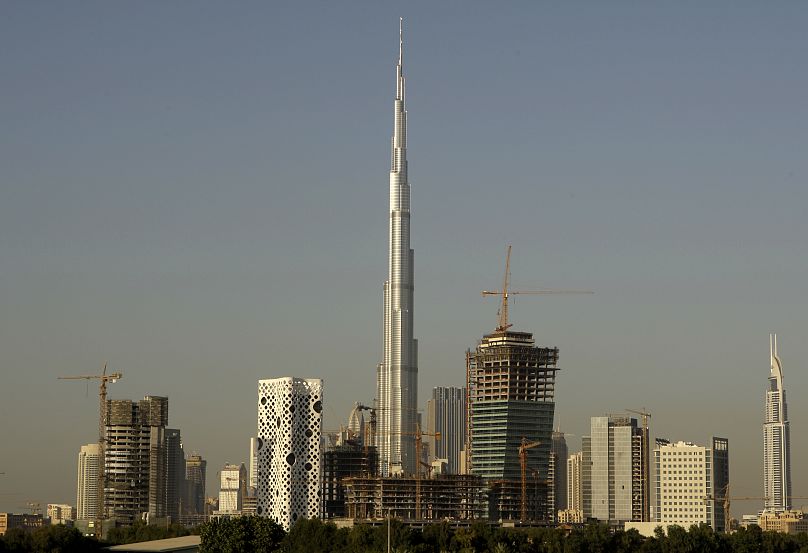Before the 20th century, the tallest buildings were invariably churches and other religious sites. At the turn of the century that all changed with the birth of the skyscraper.
24 April 1913: A new world’s tallest building is opened
There’s something about a superlative that always attracts interest. Whenever there’s an opportunity to do something the highest, the fastest or the smallest, a cohort of ambitious people will always come running. It’s no surprise then that building the world’s tallest building has routinely fascinated engineers for centuries.
On this day in 1913, a new world’s tallest building was opened. The Woolworth Building in Manhattan, New York is 241m tall. At the time of its construction, the next closest building was the Metropolitan Life Tower, also in Manhattan and standing at an imposing 213m high.
Height has always been a way of showing off a building’s credentials. Cultures have always shown what’s important to them through their tallest buildings. It’s why all the way up to the 20th century were all religious monuments, from the ziggurats of ancient Mesopotamia to the churches of Europe.
Coming into the 20th century, the importance of religion was fading. In many ways, the growth of skyscrapers as humanity’s tallest buildings encapsulates a cultural shift from valuing religion above all to economic interests.
In 1890 Ulm Minster in Germany was the tallest building worldwide at 161m. Technically it wasn’t the tallest structure in the world though as the Eiffel Tower, opened in 1889 stood an astonishing 330 m high. The winds of culture had changed and Ulm Minster is the last time a church was the tallest building in the world.
The era of skyscrapers at the top of the tables begins with the Philadelphia City Hall. Completed in 1894, the peak of its tower was 167 m high.
Then, in 1908, the Singer Building was completed in Manhattan. At 192 m tall, it became the new tallest building in the world. The Singer Building began a trend of Manhattan skyscrapers trying to outdo each other across the 20th century.
In 1909, the Metropolitan Life Tower was completed. Its record stood for four years before the Woolworth Building opened. Then, in 1930, 40 Wall Street took the title. That barely lasted a year before the Chrysler Building was completed, trouncing the previous record by 25 m.
The Chrysler Building couldn’t celebrate long. One year later, in 1931, the Empire State Building took the record again. At 381 m tall, it would hold the record for 40 years before the 1 World Trade Center, known as the first tower of the Twin Towers, was completed in 1970 to a height of 417 m.
The Twin Towers were the last New York buildings to hold the record. In 1973, Chicago’s Sears Tower took the record for 25 years, before it passed outside of North America for good.
While the 20th century’s tallest buildings were defined by the Americans, it was Asia’s turn to start outdoing each other’s skyscrapers in the 21st century. First with the Petronas Towers in Kuala Lumpur in 1998, then Taipei 101 in 2004.
Finally, the tallest building since 2010 has been Dubai’s Burj Khalifa. Taller than Taipei 101 by an amount greater than the entire Woolworth building itself, it is a staggering 828 m tall.















